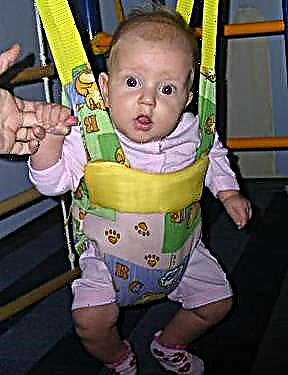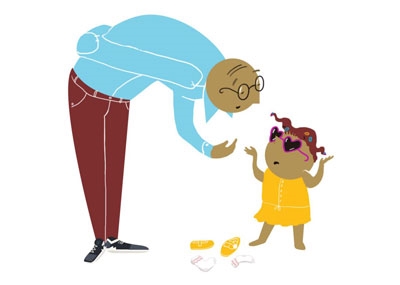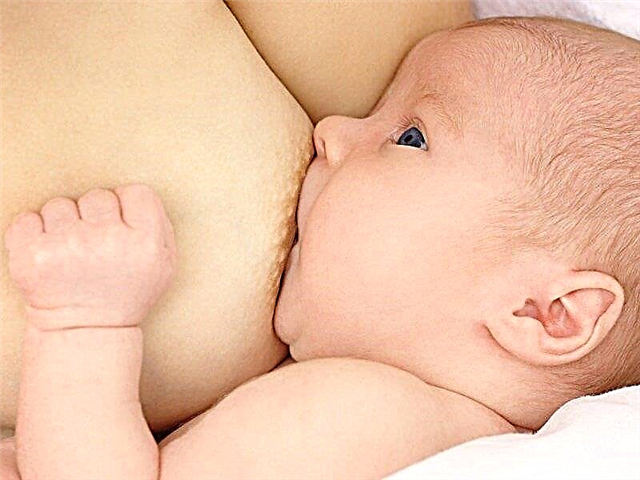More and more children's exercise equipment is becoming available to parents. Many people have questions: “Does my baby need baby jumpers? ", "Will using them help strengthen leg muscles?" and "When can I put a child in a jumper?".
Jumpers are a simulator consisting of a seat secured with springs or rubber bands on different types of structures. Being in them, the child touches the floor with his legs and begins to actively jump, obeying the innate reflexes of support.

Types of jumpers (clickable photo)
How jumpers work
"FOR" and "AGAINST" of jumpers
The attitudes of doctors, early childhood development specialists, and mothers are different.
"Per"
- Give pleasure to the baby and joy to parents at the sight of a laughing child.
- Development of the vestibular apparatus.
- Strengthening the muscles.
- Broadening the horizons (the baby sees much more new things than from the floor).
- Increased activity of lethargic children.
- Allow parents to do household chores while the toddler is in the jumpers.
"Against"
There are cons that stop parents from buying this exercise machine:
- The child has limited movement compared to crawling. Only the lower part of the body works, while monotonous pushing movements are performed. Despite the apparent activity of movements, the baby receives less stress than when crawling.
- Increased risk of injury. There is a possibility of bumping against the door frames and falling out if the model is incorrectly selected and poorly secured in the seat.
- Risk of curvature of the lower limbs and spine due to excessive stress on fragile bones.
- Improper development of muscle tone in the lower extremities. The calf muscles develop, while the load on the main gait muscle, the quadriceps, is negligible.
- The emergence of jumping addiction. The child gets an adrenaline rush when jumping. He experiences intense joy from new information and very quickly becomes addicted to such pleasure.
- The brain is not developed and is not ready for this type of movement, and with each jump it has to process a large amount of information. But this information is useless for the baby's brain, because in the future, a person does not use this type of movement.
- The repeated repetition of jerking movements can lead to the fixation of this type of movement in the brain, which interferes with the correct formation of the walking skill.
- The loss of the slider period leads to underdevelopment of the muscles of the arms, which affects not only physical, but also mental development (the area of the hands in the gray matter of the brain is more than 60%, and the legs are less than 10%).
Having so many dangers when using jumpers is caused by misuse by many parents. Therefore, it is necessary to strictly observe the mode of their use.
From what age can you use
Many manufacturers recommend using jumpers from 3-4 months of age (when the child has learned to hold his head), providing such models with additional support in the armpit area.
Most doctors are categorically against such early use of jumpers, since the child's spine receives excessive stress during such jumps, which can not only disrupt its development, but also lead to injuries!
The generally accepted "allowed" age for a child to sit in a jumper is 6 months (the child has already learned to sit down), but this can hinder the development of crawling skills.
The safest from the point of view of influence on development is the use of jumpers at a time when the child is just trying to walk. That is, his brain is already ready for an upright position, there are initial repulsion skills with the whole foot, the muscles of the lower extremities are strong and developed enough. It is at this time that jumpers will not only bring great joy to the baby, but will contribute to the development of his new skills.
Types of jumpers
By mounting method
Fixed in the doorway (photo beginning of the article):
- With nails or hooks. The cheapest models, but their main drawback is the unreliability of the fastening. It is also necessary to drive nails into all the jambs where you want to use the jumpers, or fasten them in only one place;
- With clamps for jambs. More expensive models that can be rearranged on different doors. But they are suitable for doors with protruding strong trims.

All children's suspended jumpers have common disadvantages: the danger of the baby hitting the jambs, the possibility of rubbing the baby's ears against the jumpers' lines.
Fixed on legs or stand (photo at the beginning of the article). The most mobile models that can be used even outdoors. They are often complemented by a worktop with developmental elements. Disadvantages: safe stable models take up a lot of space (up to 4m2), which is not suitable for small apartments.
By spring element
- The elastic is used on cheap models, but it wears out rather than the springs. May cause injury if removed.
- The springs are more durable. But when choosing spring jumpers, you need to pay attention that the springs are covered with a cover to avoid pinching the baby's skin.
Criterias of choice
- It is necessary to take into account the types of jumpers' mounts based on the capabilities of your apartment: the area of the premises, the presence of strong jambs.
- By price. The cost of jumpers varies greatly: from 600 to 2000 rubles for pendant models and up to 3000 to 8000 for mobile models. Often, the cost of jumpers increases due to the availability of additional options (developing table, music), which are not always necessary for the baby. The main thing that should influence the price is the presence of a safety certificate and a well-known manufacturer.
- From how many months do you plan to use jumpers. Mobile jumpers can be used from 6 months. Hanging jumpers are safe from 9-12 months.
- When choosing suspended jumpers, pay attention to the additional elements in the seat structure (wide fixing bands, the ability to adjust the seat to the size of the baby, bolsters to support the back) and the presence of a wide strut at the top, which will prevent lines from tangling.
- When choosing mobile jumpers, make sure they are stable.
How to securely secure
Before buying, check how the jumpers are attached so that it does not come as a surprise at home.
- If you have chosen jumpers fixed on nails, then you need to make sure of the strength of the wall, which will bear the baby's weight: the wall should not be drywall or fragile. The jumpers can be hung on a dowel or a hook can be hammered into the wall.
- The hook can also be used to attach the jumpers to the ceiling, which allows the structure to be suspended anywhere in the room, not just in the doorway.
- Clamped jumpers are only suitable for doorways, but they do not require hammering nails and hooks into the walls. The clamp is included in the set of jumpers and is a bracket with adjustment for different wall thicknesses for strong fixation.
- After installing the entire structure, perform a strength test weighing more than the child's weight. Press with your hands with your weight.
Recommendations for use
- Choose the model that suits your baby. You decide how many months to put the child in the jumper. But when buying, you should rely not on the manufacturer's recommendations, but on the specific abilities of your baby.
- Do not leave your child unattended. Although the jumpers are designed to free parents for a while, they need to be placed so that they can see the baby all the time.
- Before using for the first time, adjust the height of the jumpers: the foot should be fully resting on the floor.
- The baby's feet should be shod or a massage rubber mat can be placed on the floor under the jumpers.
- You can use jumpers no more than 20 minutes a day, starting from 5 minutes, gradually increasing the time spent in the simulator.
- Do not sit in the skippers immediately after eating.
Contraindications
- Less than 3 months of age when the baby is not yet holding his head.
- Congenital and acquired neurological diseases.
- Orthopedic disorders.
- Inflammatory diseases on the skin in the area of contact with the jumpers' seat.
Weighing all the pros and cons, choosing the appropriate model and following the recommendations for use, you will bring your baby not only pleasure, but also benefit!
In the future, the suspended jumpers can be used as a swing.
We read further:Baby walkers: from what age you can use. PROS and CONS of walkers



